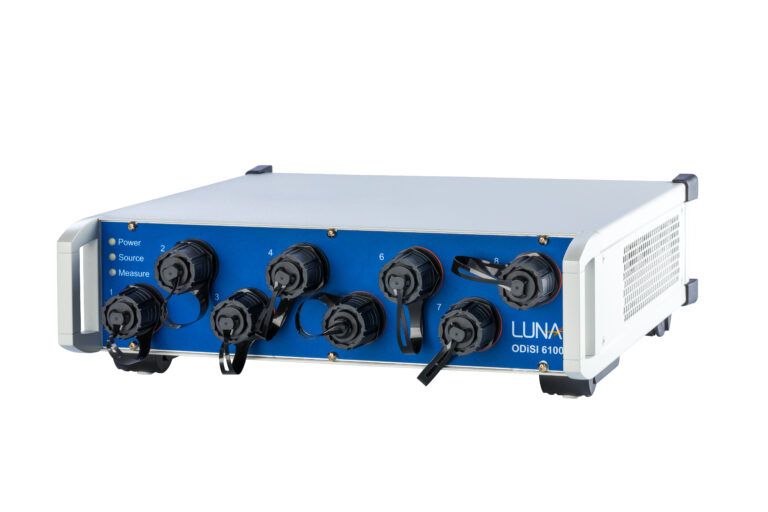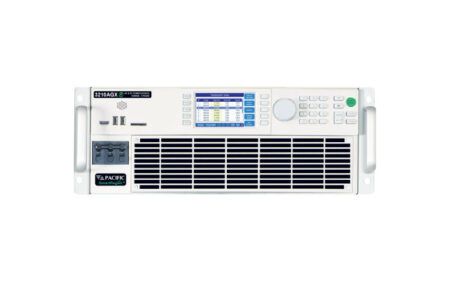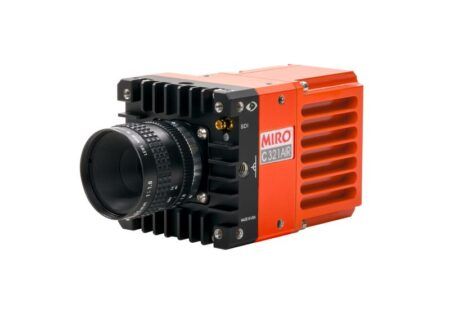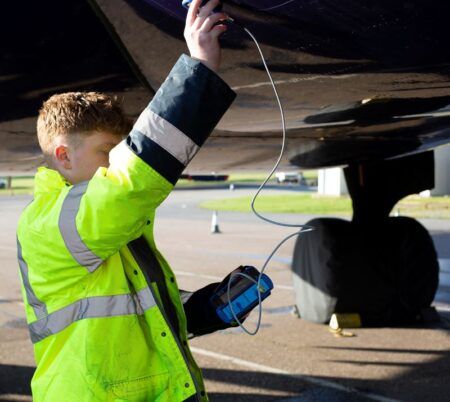High-definition and high-speed fiber optic sensing are proving increasingly useful in a number
of key aerospace applications.
The use of composites and lightweight materials in the aerospace industry continues to drive aircraft design and create a greater need for non-destructive testing. As the industry continues its transition to advanced materials, fiber optics will play a major role in aerospace design, manufacturing and non-destructive testing.
Fiber optic sensors are flexible, low-profile, require no electrical source and can be bonded to sharply curved surfaces, embedded within structures or mounted directly to electrical components. Small, nearly weightless fiber optic sensors can directly measure stress, strain or temperature. Unlike traditional strain gages or thermocouples, fiber optic sensing provides critical data with high density and a very low incremental cost for additional measurement points.
Luna Innovations, a leader in fiber optic sensing is a key partner for aerospace suppliers and manufacturers. The ODiSI 6000 Series provides more than 1,000 strain or temperature measurements per meter of a standard small, lightweight fiber sensor. The high definition data can fully map the contour of strain or temperature for a structure under test or during manufacturing.
For dynamic applications or where lower sensor density is required, Luna’s HYPERION Series features high-speed multipoint sensing, with tens or hundreds of sensors on a versatile optical fiber which can cover long distances. Multiple measurement types,
such as strain, temperature, vibration
or displacement, can be performed on a single fiber.
Fiber optic sensing enables key aerospace applications and provides more thorough design validation at every stage of the structural integrity building block process. For example, composite materials offer very high strength-to-weight ratios. However, their unique structures require new tools for validating performance. Fiber optic sensing provides high definition strain and temperature profiling of composites throughout their manufacturing/integration process. The small size and distributed nature of fiber optic sensing provides in-situ characterization for coupon testing, curing process validation, components/module testing as well as full-scale structural testing of complex geometries.
Another example is thermoplastic welding, one of several methods of joining lightweight thermoplastic composite components. By using the small size of optical fibers, the fusion bonding process can be directly monitored. It has been shown that high-definition distributed fiber optic sensing can significantly benefit the quality of the final thermoplastic welded part by providing spatially resolved in-situ measurements and feedback to the control system.
Fiber optic sensors can also be used in the predictive maintenance of smart parts. Fiber optic sensors are small, lightweight and EMI/RFI immune. They can be permanently embedded in composites, bond lines, joints, patches and thermoplastic welds. These embedded sensors can periodically evaluate crack propagation, advancing fatigue or damage to the monitored part. Decisions on maintenance can be based on periodic in-situ measurements over time.
Finally, fiber optic sensors can also be used in inflight monitoring. They are capable of a variety of real-time monitoring applications on aerospace vehicles. The reliability, small size, light weight and noise immunity of optical fiber coupled with its sensing capabilities provide a unique solution to solve complex real-time, in-flight monitoring needs.
This article was supplied by Luna Innovations





